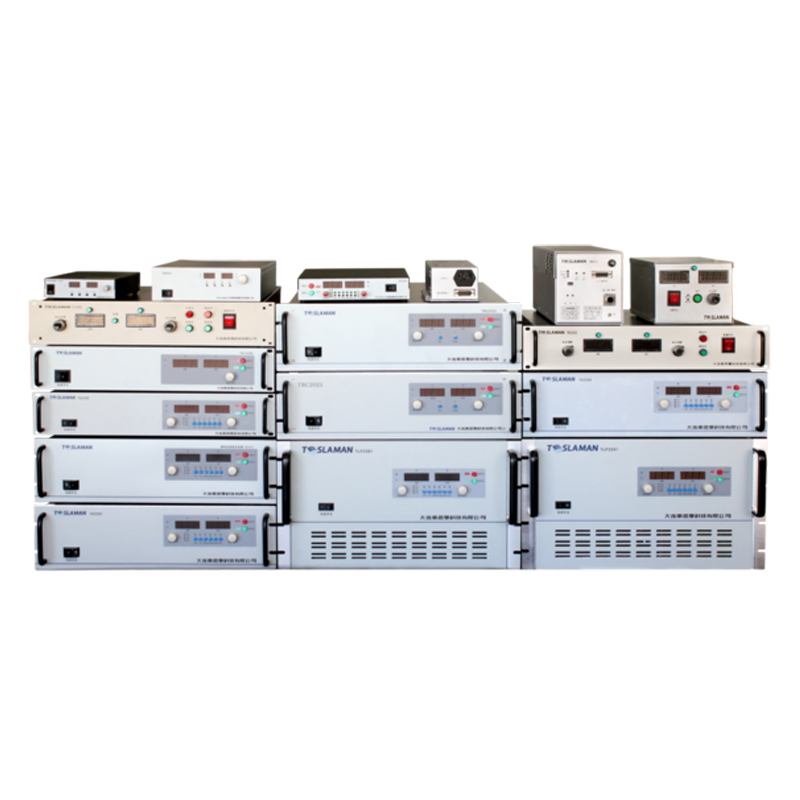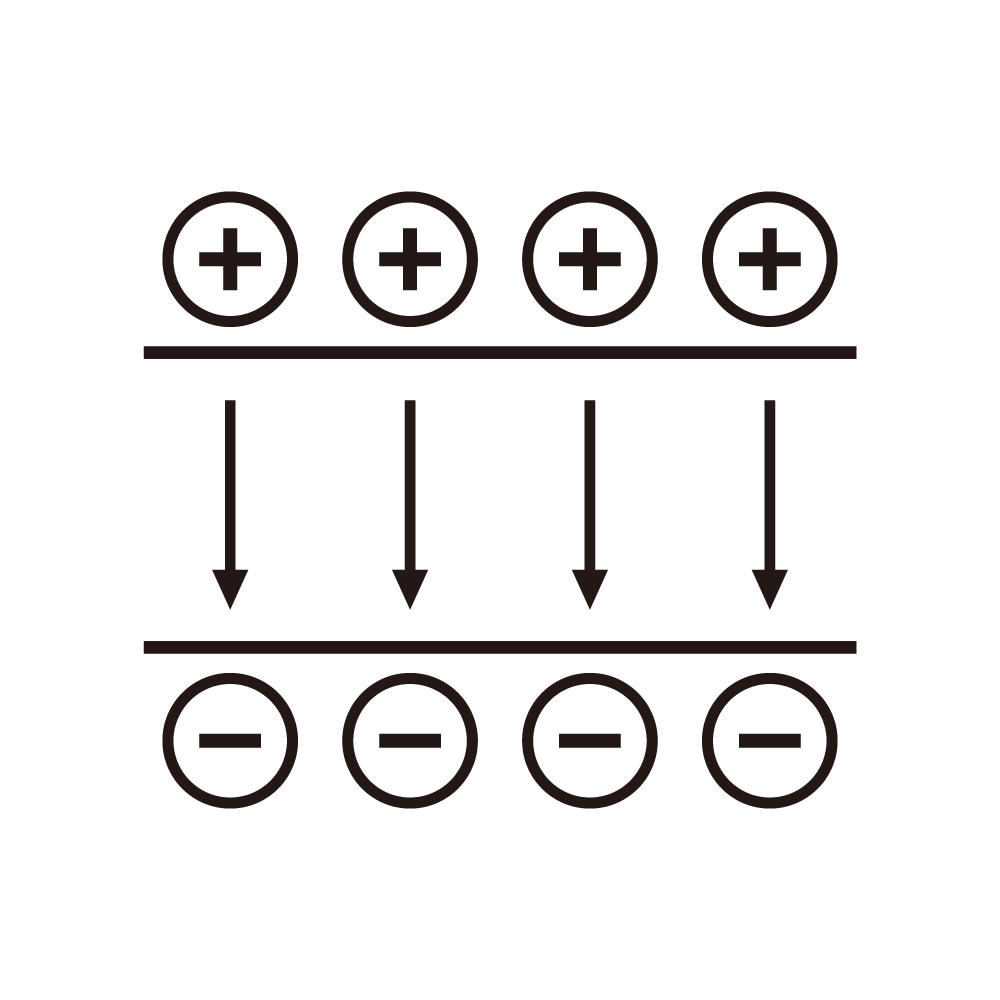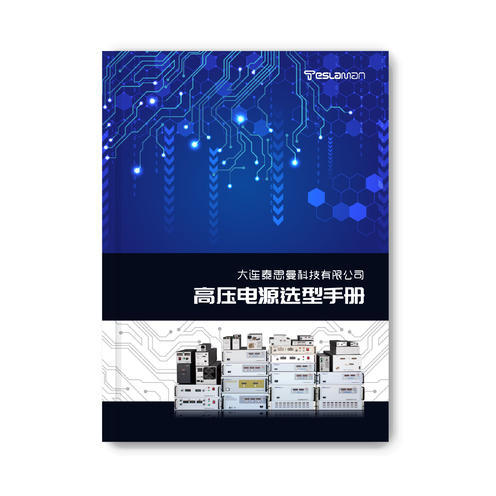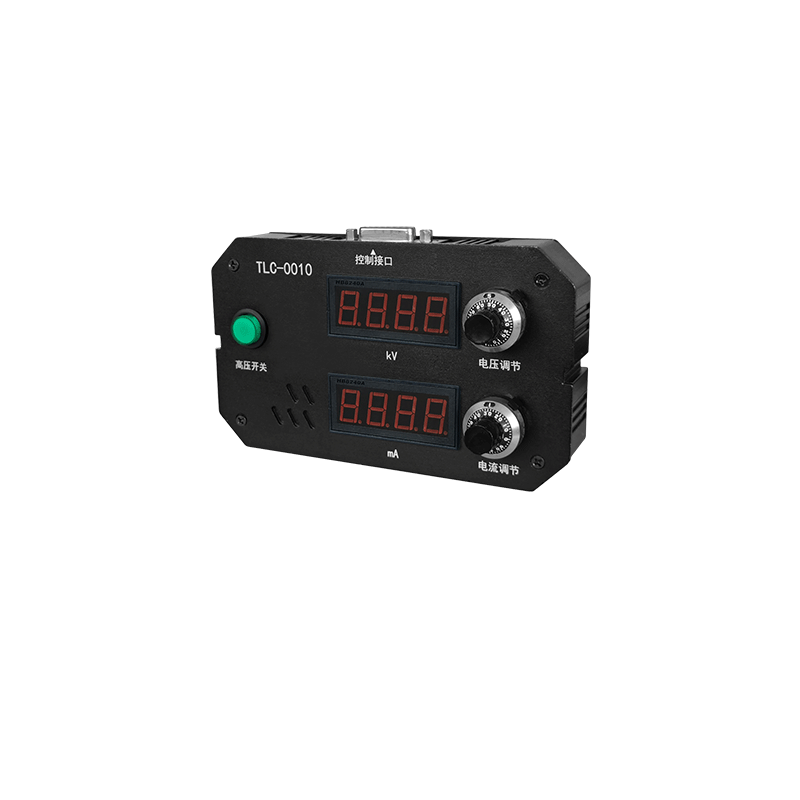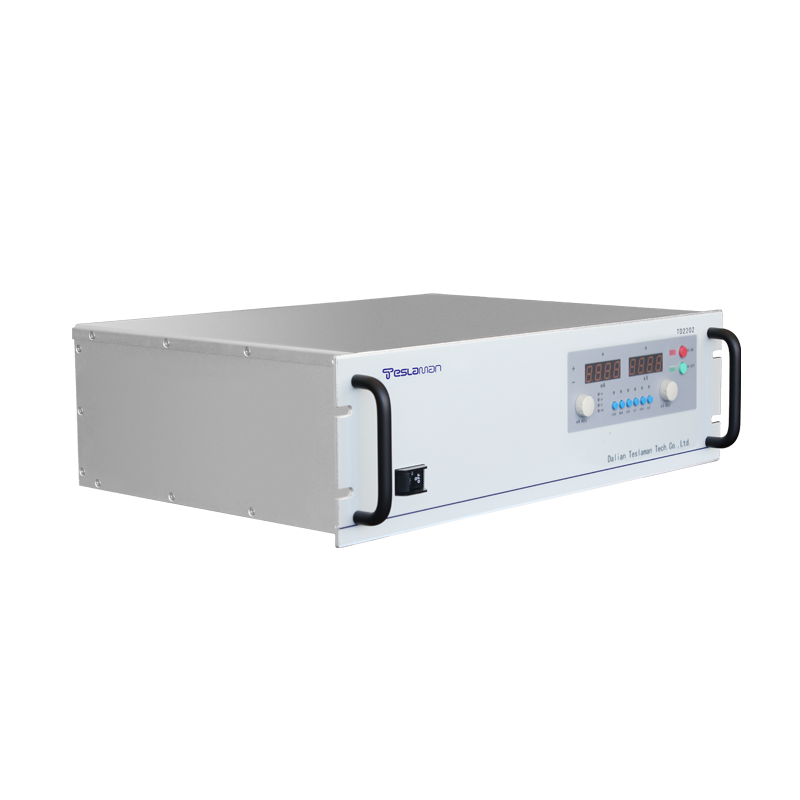Enhanced Spectral Resolution for Energy-Dispersive X-Ray Fluorescence (EDXRF) Power Supplies
Abstract This article addresses the critical role of high-voltage (HV) power supplies in improving the spectral resolution of EDXRF systems, which are widely used for elemental analysis. Voltage stability and current ripple of HV supplies directly affect X-ray source intensity consistency, a key factor in resolving overlapping spectral peaks.
Introduction EDXRF technology enables non-destructive elemental detection in fields like environmental monitoring and alloy analysis. However, traditional HV supplies often exhibit ±0.5% voltage fluctuation, leading to blurred spectral peaks—especially for light elements (e.g., Mg, Al) with adjacent characteristic energies.
Technical Challenges Two primary issues limit spectral resolution: 1) High ripple current (>500μA) in HV supplies causes X-ray intensity instability, increasing peak broadening; 2) Slow voltage response (>100ms) fails to adapt to dynamic sample composition changes, resulting in inaccurate peak fitting.
Optimization Strategies A multi-stage optimization approach is proposed:
1.Implement an adaptive voltage regulation module with a precision feedback loop (error <0.1%), using a digital signal processor (DSP) to real-time correct voltage deviations.
1.Integrate a low-pass LC filter with a common-mode choke to reduce ripple current to <50μA, minimizing X-ray intensity noise.
1.Adopt a fast-response HV module (response time <10ms) to adjust output based on sample-induced X-ray flux variations, coupled with advanced deconvolution algorithms to separate overlapping peaks.
Application Validation Tests on an EDXRF system for soil heavy metal detection showed:
Spectral resolution for Mg Kα (1.25keV) improved by 35%, from 0.18keV to 0.117keV full width at half maximum (FWHM).
Detection limit for Pb (10.5keV) reduced from 5ppm to 2ppm, meeting environmental monitoring standards.
Conclusion The optimized HV supply enhances EDXRF spectral resolution by stabilizing X-ray output, enabling more accurate trace element analysis in complex matrices.
